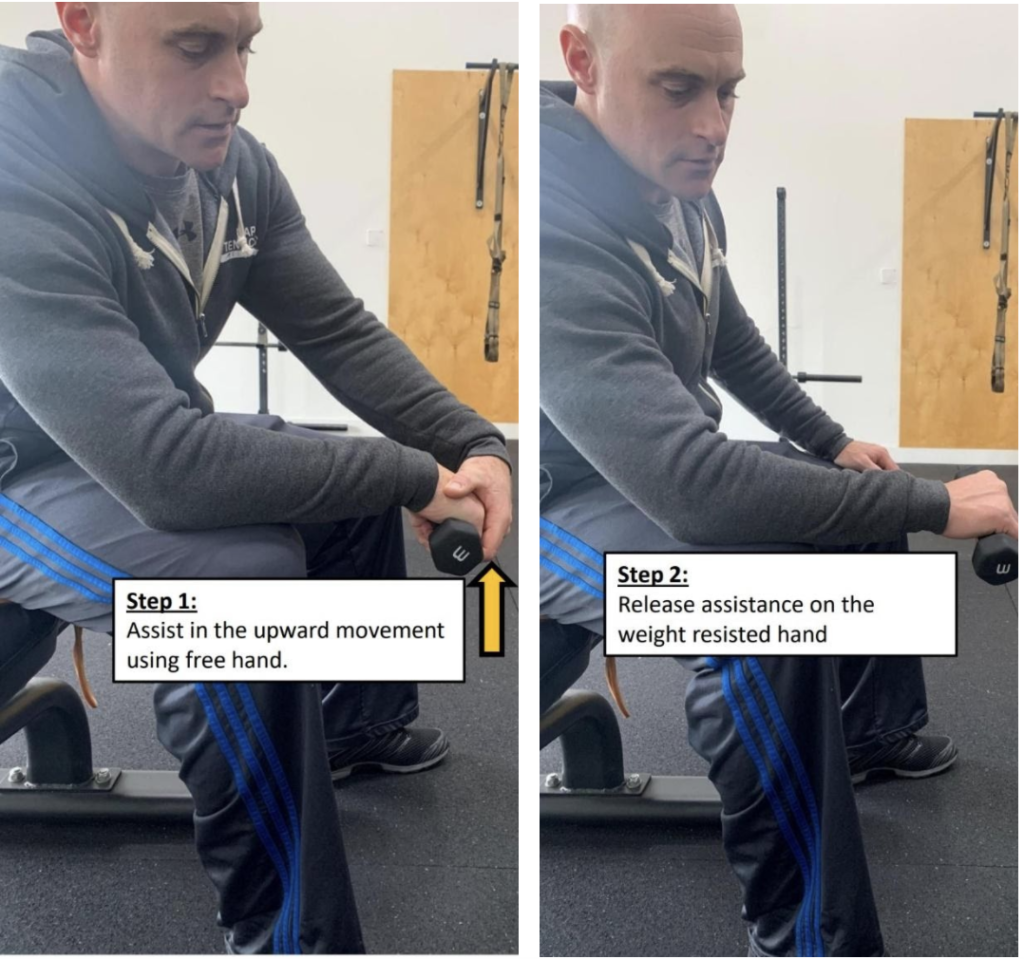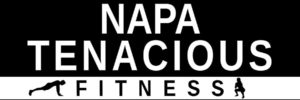
Have you ever seen a two-year-old Blue Healer track down an air-borne frisbee? These magnificent specimens of the canine world will glide through a field toward a flying disk at the speed and gracefulness of a flat skipping stone thrown through a still lake. Once the frisbee is hovering in their strike zone, ignition. The animal springs off the ground with explosive energy akin to the eruptive volatility of cold-water hitting smoke point oil: “Crack!” The frisbee is clamped in the dog’s teeth with vice grip tightness.
A brief jaunt back to the obedient canine’s owner concludes the display of Olympic-level animal athletics. The dog’s eyes are then filled with anxiousness as its body is wound up like a spring, staring the owner in the eyes with a look that could only be translated to human dialect ordering the words, “Again!” Frisbee dogs will repeat this sequence until their legs give out, and every last ounce of ATP in their body has been drained from the mitochondria in their skeletal muscle.

Sound familiar to anyone? If you are a recreational Pickleball athlete playing more than twenty hours per week, you probably have something in common with frisbee-chasing Blue Healers. Other than not being adorable quadruped animals in a separate category of animal phylum, the only difference is that we are humans who chase after round objects with holes in them, eager to smack that ball with a square-shaped club. As fun as going for an overhead smash and imposing your wrath toward the opposing team is, our arms can quickly become overused.
Overuse Injury Public Enemy #1: Pickleball Elbow (Tennis Elbow)
A common overuse injury we touched on in our previous article is Pickleball Elbow. This nuisance of a condition unmasks itself when our wrist, forearm, and elbow hit too many groundstrokes, drives, and overhead smashes in a short amount of time.
Lateral epicondylitis is a fancy term for Pickleball Elbow. This condition can also be identified as Tennis Elbow. The epicondyle is the bony protrusion located on the outside of the border of the elbow. This is the attachment point of the extensor muscles of the wrists and fingers.
GUARANTEED TO RAPIDLY IMPROVE YOUR PICKLEBALL GAME OR YOUR MONEY BACK! GET 10% OFF WITH CODE THEDINK

The Architecture of the Elbow
Wrist extension is the movement responsible for bringing the wrist closer to the elbow. The extensor muscles and tendons have an origination point at a common tendon anchored at the lateral epicondyle. A series of long guitar string extensor muscles trace down the forearm, attaching to tendons of the carpal and phalange bones.
What Causes Pickleball Elbow?
The common extensor tendon adhering these extensor muscles to the elbow becomes damaged at the cellular level from overuse, such as one too many forehand drives and backhand attacks. Once the paddle hits the Pickleball during a swing, a vibratory response from the energy caused by the percussive forces of the paddle and the ball reverberates through the long guitar string muscles and collects at the tendonous attachment point of the lateral epicondyle.
This vibratory force causes agitation and physical stress to the connective tissue attaching the tendon to the bone at the elbow. The common tendon adhering to these extensor muscles becomes damaged at the cellular level. Capillaries and blood vessels rupture, collagen fibers tear, and nerves interlaced in the connective tissues are twisted, compressed, and torn, causing weakness and annoying pain.
As a result, the common tendon attached to the outside of the elbow can eventually become stiff and frayed, similar to an old piece of nautical rope’s fiber docking a ship that has been over-exposed to sun and saltwater. The result is pain, decreased grip and forearm strength, and the words no Pickleball player wants to be told by a doctor, “time away from Pickleball.”
GET 10%OFF THE NEW CRBN PADDLE FROM FROMUTHPICKLEBALL.COM WITH CODE 10DINK

The News Nobody Wants to Hear: “Take Time off of Pickleball”
The diagnosis of Pickleball Elbow can be grim news. If we don’t do anything to rectify the situation, we’ll be sitting next to an injured Blue Healer who chased one too many frisbees. The good news is that we have human brains with advanced psychological features surpassing that of our exuberant furry friends. Furthermore, we happen to be brighter than Blue Healers, who chase frisbees.
Pickleball Elbow’s ugly face can be evaded altogether via an effective injury prevention and fitness program integrated into our Pickleball journey. Through an adherent, well planned Pickleball strength and conditioning program, we can simultaneously avoid the deleterious effects of Pickleball Elbow while enhancing effectiveness, precision, and harnessing the ability to produce enough power to create waves in the ocean of our Pickleball performance with our overhead smashes, slicer chicken-wing attacks, fearless toaster speed ups, and Kovalova backhand counters.
A Simple, Yet Effective Exercise to Improve Pickleball Elbow (And Keep it From Coming Back!)
The eccentric wrist extension exercise is a potently effective way to alleviate Pickleball Elbow pain while reinforcing the structural integrity of the connective tissue that circumference the finger, wrist, and elbow joints. To perform:
- Obtain a weight that weighs anywhere from two to five pounds, such as a dumbbell. If you don’t have a dumbbell, you can use a full thirty-two-ounce water bottle or soup can.
- In a seated position, place your forearm on your thigh.
- Begin the exercise with an extended wrist position, where the knuckle of the hand is cocked toward the elbow.
- Slowly let the knuckles drop toward the ground, hinging at the wrist for about five seconds. Ensure to keep the wrist and elbow in a solid position.
- Once the hand has descended in a gradually controlled descent, use the free hand to help the hand holding the dumbbell up into extension again. Don’t lift the knuckles back up as you usually would. The emphasis of this exercise is to avoid the movements shortening the extensor muscle fibers.
- Repeat this set of actions for eight to ten repetitions. Perform one to three sets before playing Pickleball or on days that you are not playing Pickleball.

WRITTEN BY DINK CONTRIBUTOR: SEAN MCCAWLEY

Owner and Founder of Napa Tenacious Fitness

